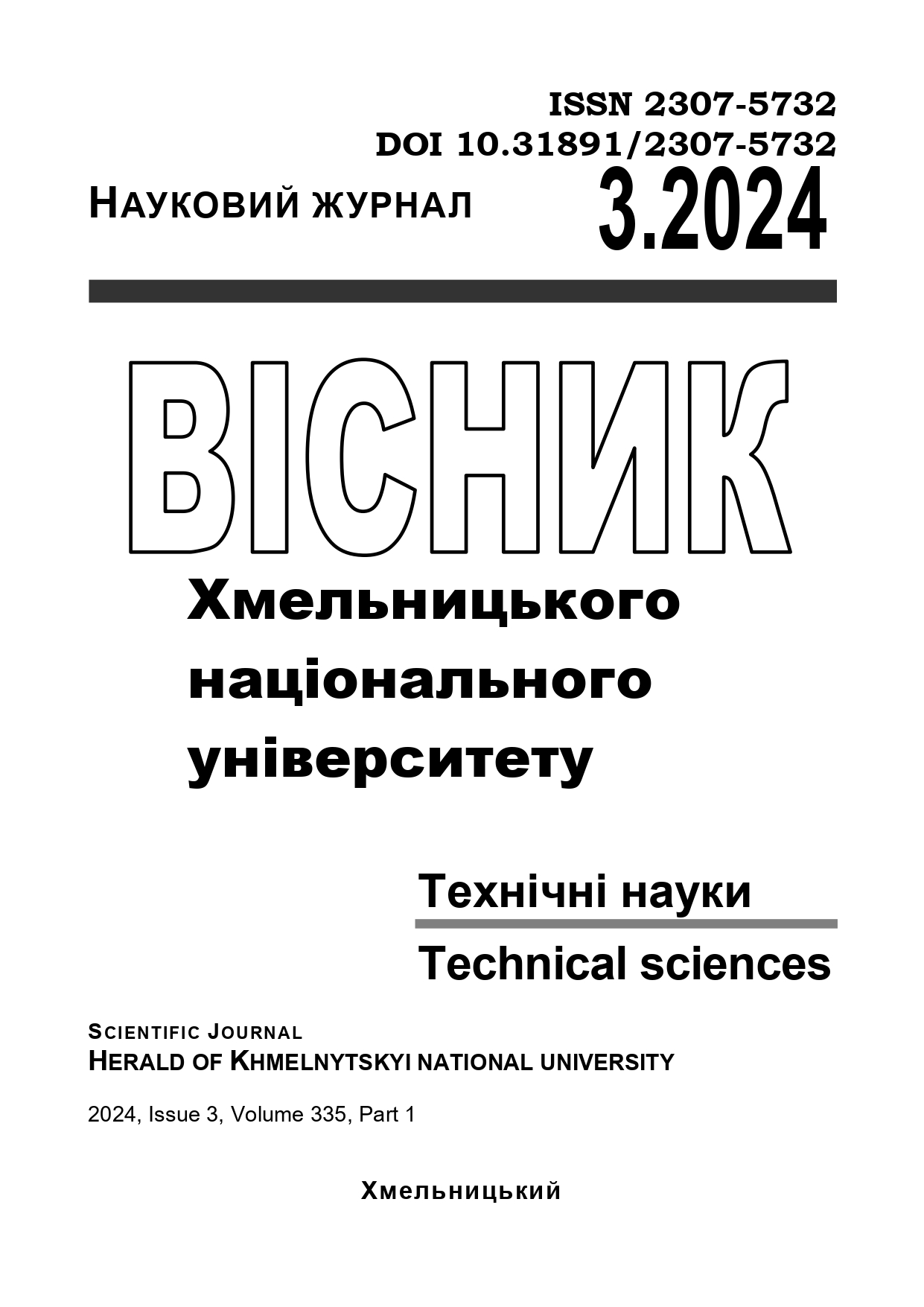МЕТОД ТА ЗАСОБИ ПІДВИЩЕННЯ ЕНЕРГЕТИЧНОЇ ЕФЕКТИВНОСТІ ВИРОБНИЦТВА СТИСНУТОГО ПОВІТРЯ В ТЕХНОЛОГІЧНОМУ ПРОЦЕСІ ОБРОБКИ ДЕРЕВИНИ
DOI:
https://doi.org/10.31891/2307-5732-2024-335-3-57Ключові слова:
енергетична ефективність, рівень електроспоживання, регульований електропривод, стиснене повітря, компресор, повітропровідАнотація
На сьогодні енергозбереження та енергоефективність стають все більш актуальними та критичними для сучасних підприємств, установ і компаній. Сучасні стратегії в цих сферах спрямовані на оптимізацію використання енергоресурсів та підвищення продуктивності виробничих процесів. Високий рівень досягнутої енергоефективності відображається в конкурентоспроможності продукції на світових ринках, завдяки зменшенню витрат на енергоносії та обмеженню викидів парникових газів.
Стиснене повітря є важливим ресурсом для промисловості, часто посідаючи четверте місце після електроенергії, газу і води. Відмінність полягає у тому, що стиснене повітря виробляється на місці, надаючи споживачам більше контролю над його використанням та витратами. Проте процес його отримання потребує значних енергетичних затрат. На підприємствах Європи та Австралії, наприклад, компресорні установки, які виробляють стиснене повітря, можуть використовувати до 10% електроенергії, в США ж ця цифра може сягати 30%.
Нині енергоефективність української економіки вдвічі вища порівняно зі світовими стандартами, що свідчить про неефективне використання тепла, води та електроенергії. Тому важливо розуміти, що впровадження заходів з енергоефективності виробництва стиснутого повітря не лише важливе з екологічної точки зору, а й економічно вигідне як для країни в цілому, так і для окремих споживачів. Підвищення рівня енергетичної ефективності виробничих процесів, зокрема обробки деревини, за допомогою сучасних електротехнічних комплексів, є пріоритетним завданням для галузі. Таким чином, аналіз та розробка енергоефективних рішень щодо виробництва стиснутого повітря представляє собою перспективний напрямок розвитку.
У цій статті проведено огляд відомих електротехнічних комплексів, які сприяють покращенню енергетичної ефективності технологічного процесу обробки деревини.

